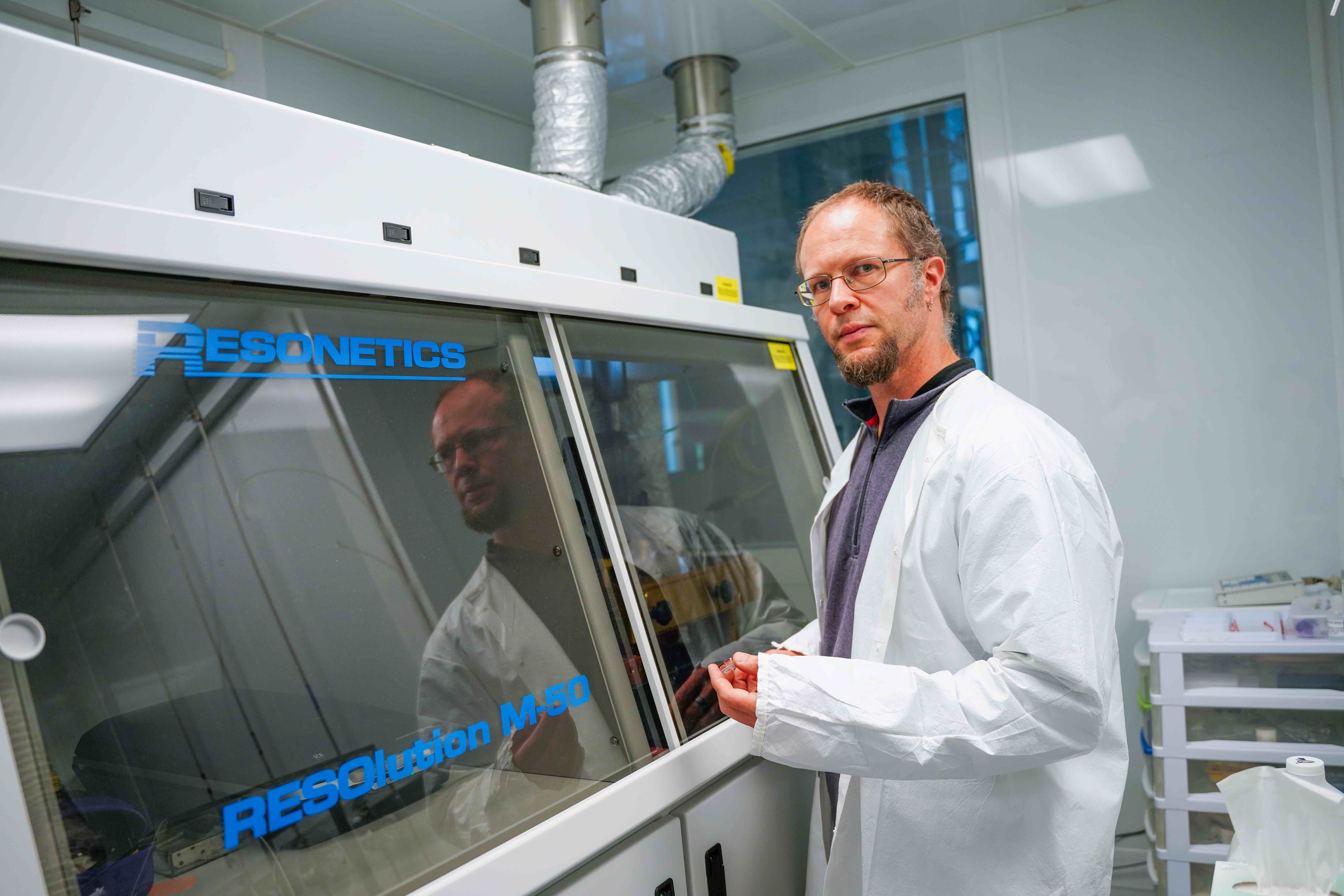New research led by Dr. Joel Saylor describes formation of unique Central Andean Plateau

The Central Andean Plateau is unlike any other place in the world. It is the largest plateau of its kind on Earth, sitting over 3 km in elevation. This unique formation has presented many mysteries to geologists attempting to explain how the plateau formed.
In his recent article, published in Earth and Planetary Science Letters, EOAS Associate Professor Joel Saylor and his coauthors propose a new model to describe the formation of the Central Andean Plateau. Scroll down to watch our interview with Dr. Joel Saylor. To study the plateau, Dr. Joel Saylor and his team collected rock samples from different rock layers within the region. Here, at the University of British Columbia, the rocks were crushed and processed to isolate minerals known as zircon. The zircon was then analyzed at the Pacific Center for Isotopic and Geological Research within the Earth, Oceans, and Atmospheric Science department. The isotopic analysis allowed the team to determine the age of the rocks and therefore the ages of the different layers they had sampled. With these insights, they were able to put together a picture of how the Central Andean Plateau may have formed through shallow, flat slab subduction.

Dr. Joel Saylor in the PCIGR lab displaying a zircon sample. credit: Junyi Sun
Head to Earth and Planetary Science Letters to read the full article titled, ‘Basin formation, magmatism, and exhumation document southward migrating flat-slab subduction in the central Andes’.